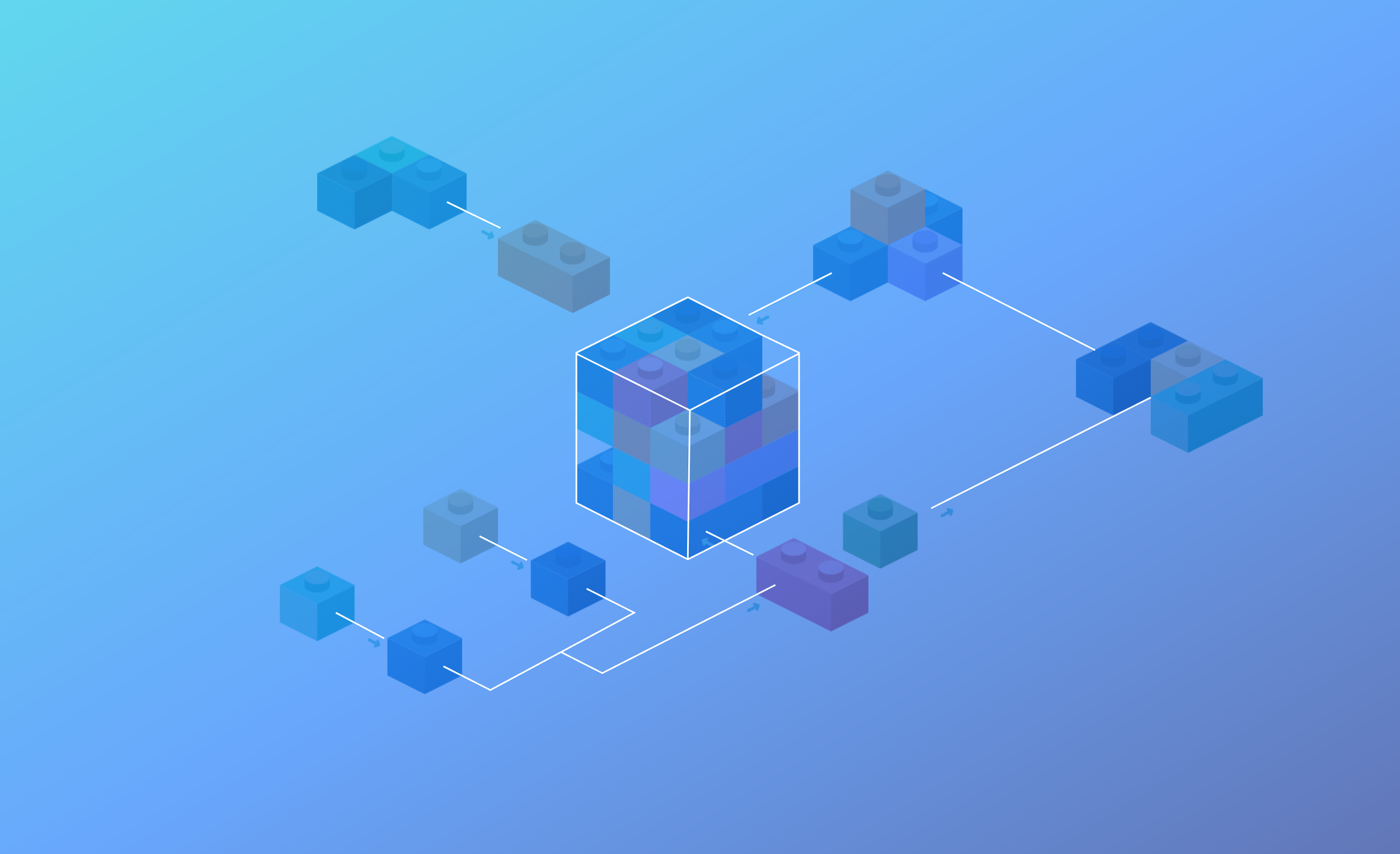Why Design Systems Are Becoming a Must-Have in Any Company?
 Quantum Mob
Quantum Mob
Before any product can launch, it first must be designed. It seems obvious, but that design process is different at every business and for every launch. Establishing a design system can shorten lead times, improve overall quality and consistency, and allow the team to focus on solving their product's most important challenges. But what exactly is a design system to begin with?
The simplest way to put it is that a design system expands what is normally a pre-production design phase into something integrated with every step, baking it in throughout rather than treating it like the first ingredient of a recipe. In practice, this means building better communication, documentation, and processes on both the design and implementation sides, and the result is a product that is collaboratively created as a whole instead of being assembled piece by piece.
A practical design system is held up by its essential parts and can include:
A design guide — guidelines for an organization’s visual language, identity, governance, components, content, etc.
A design library — a library that lives on an organization’s preferred design tool (Figma, Sketch, XD) to accelerate creating UI’s
A component library — a library of all tokens and components ready for use in a team’s preferred front-end framework
A sandbox — a site that provides examples and illustrates usage for developers
Fewer speed bumps for creativity and productivity
Using a design system has numerous easily tracked benefits. The easiest to grasp is that there is less time spent by all stakeholders building elements of a product from the ground up. This is accomplished to some extent with a brand style guide or component library, but really, those are two parts of a larger design system that ensures ideas and execution are in close harmony. It's good to have a code sample to work with when building an element, but it's better to know why that sample is the way it is, and if it needs to be changed, to have a plan for that contingency.
Designers work best when they have creative freedom, but without the proper guidance, this can lead to a long cycle of creating new components or pages, sending them in for approval, and making iterative improvements — a time-consuming and stifling process. With a design system, creatives can explore concepts and judge their suitability independently. This means they spend more time doing the work they care about and excel at, and less time writing emails and attending meetings.
Similarly, a developer with an idea or implementation question might have to speak to their manager, someone in marketing, designers, an accessibility expert, and governance to boot. Not only does this waste time, but other parts of the product or design are moving forward while they wait, compounding the issue. If the developer understands the design system and can work freely within it, that simplifies every step and lets them do what they do best. Design systems enable developers to focus on building robust, scalable, and secure systems.
Unify your approach across teams and platforms
Having a strong design system also contributes to quality and consistency. It's not just about making sure the logo and type are consistent across platforms, but ensuring the entire experience is consistent and recognizable. This is accomplished through centralizing the visual language of an organization. Your brand is more than a logo, it's your entire product, and innumerable decisions go into shaping it.
Ideating and building a digital product involves a lot of crosstalk. A design system doesn't just provide assets but comprehensive documentation so that teams separated by space, discipline, or codebase can make informed decisions quickly and confidently.
This robust support system also lowers the barrier to entry across the product team, for both developers and designers. Without a design system, when seasoned senior staff are busy, junior team members are limited in their decision-making power. With a design system, they can build meaningfully with less oversight, making it something of a force multiplier.
Acceleration through collaboration
Properly developed and deployed, a design system brings benefits on all fronts: saving time, improving quality, and lowering costs. Recent studies and surveys have shown that companies using design systems end up with a more productive and collaborative work environment, and better, more inclusive products beyond just the look and feel. And interestingly, it's not about headcount or team size — better design processes improve outcomes whether there are 5 people on your product team or 50.
Every company will be different, and every design system has to reflect its unique needs. Like any other important part of an enterprise, there are best practices and state-of-the-art tools that should be considered by any leader looking to build and deploy a design system of their own. We'll explore some of those tools and best practices, and provide examples of influential design systems of recent years in our next post.
Get in touch with us today and let’s discuss how we can help you build innovative Design Systems for your business. Write to us at hello@qmo.io.
Subscribe to my newsletter
Read articles from Quantum Mob directly inside your inbox. Subscribe to the newsletter, and don't miss out.
Written by

Quantum Mob
Quantum Mob
We are a Toronto-based end-to-end digital innovation firm with a passion for building beautiful & functional products that deliver results. Quantum Mob provides custom-tailored software solutions which empower our partners to succeed. We solve complex enterprise business problems with digital solutions. Our world-class team has helped clients launch, scale and transform with work that has been used by millions of people in over 150 countries worldwide. Our clients include cutting-edge early-stage startups to elite Fortune 500. From Ideation to Designing, Engineering to DevOps and Support, we have got you covered. We have developed a lean, iterative and agile approach to solve complex problems. Our Process: Discover: Product Strategy and Planning, Identifying and Solving Business Problems. Uncover Truths and Validate your direction with your users. Prove: Prototype, Design, and Build Successful products. Get to market faster, with less technical debt. Scale: Scale your Applications Simply and Securely. Automate your Pipelines & Processes so your team is equipped for success. Team Extention/IT Staff Augmentation: We provide Team Augmentation which Increases Capacity, Bridges Hiring, Adds Specialized Skills and Increases Speed and Agility to launch in the Market. Our Expertise: Custom Software Development Mobile Application Development Web Development eCommerce Platform Development Building Digital Loyalty Experiences